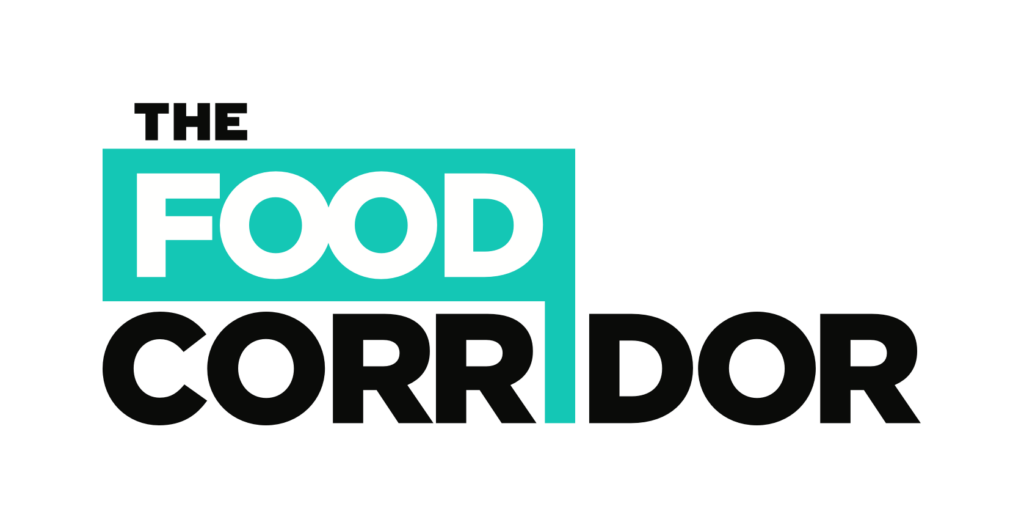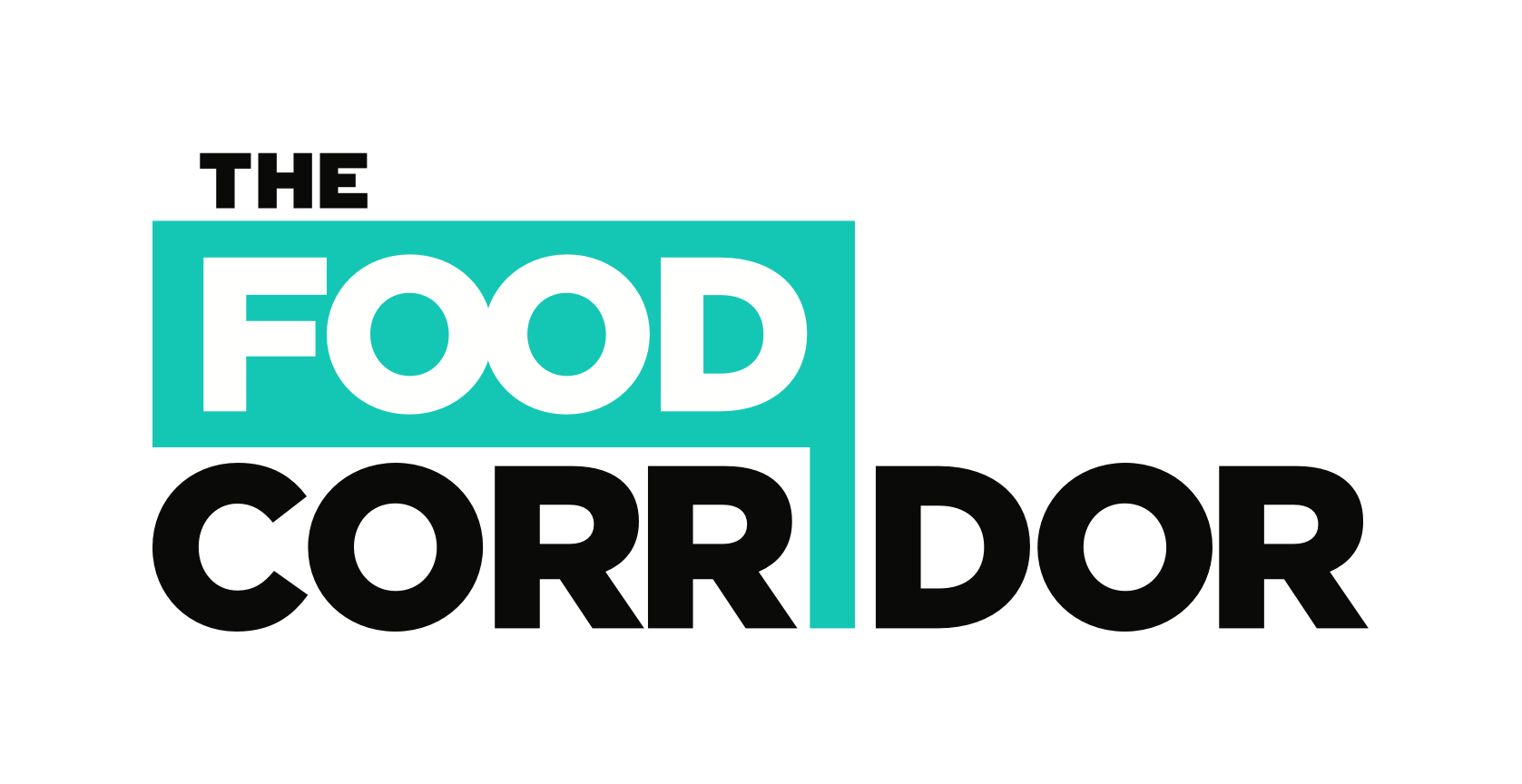We’re sharing information about this key element straight from the Shared Kitchen Toolkit so that you can bring your own flavor to your shared kitchen space.
Everything in the Shared Kitchen Toolkit was created to help your shared kitchen succeed but perhaps one of the most important ingredients to long-lasting kitchen success is a strong sense of collaborative culture in your kitchen. Building a positive and productive kitchen culture is something that takes time, intention, and community buy-in. Communicating your kitchen’s culture through brand, messaging, day-to-day interactions, and word-of-mouth are all ways in which to set the tone. Culture is about more than a positive vibe in your kitchen (though we certainly support that!). Culture will seep into all areas of your business, including operations, safety and sanitation, client retention, community partnerships, and ultimately, your financial bottom line.
Initially setting clear expectations with clients during the onboarding process is the best way to kickstart kitchen culture. Your culture should be baked into your policies and procedures and reflect how you expect a new client to behave and interact with other clients. When you do an initial space tour with a client, they should see how other clients interact and how to best integrate their work with others. Kitchen cleanliness, equipment care and resource sharing, and knowledge transfer do not happen by accident. Clients are more likely to do their part when kitchen administrators make it easy to do so. Here are some easy ways to help clients help themselves feel welcome in your space:
- Organize a socializing/networking event if appropriate. A quarterly welcome for new members or time to celebrate clients’ success provides a venue for collaboration and congratulations.
- Clearly post kitchen expectations for all to see. Traffic patterns vary by kitchen so make sure it is posted where everyone will get a chance to see it. Also provide access to your policies and procedures for easy reference, perhaps next to kitchen expectations. Make sure to highlight this during the onboarding process so users know where to look for answers
- Create a visible place for positive recognition. Posting a whiteboard or even a swath of butcher block paper taped to a wall every week can instigate some words of kindness, gratitude, and information sharing.
Food business management and kitchen use can be intimidating, especially to first time clients. Providing a safe space to ask questions and gain clarity is a great way to squash conflict before it even begins.
- Create feedback channels, including an anonymous suggestion box or form on your website, to help make clients feel like they can ask anything. Equally as important is letting your clients know it is there and making it easy to access. Be sure to communicate how you are responding to concerns raised.
- Host a voluntary in-person or online “AskUs-Anything” event. Theming this around kitchen operations and expectations is a good way to refresh everyone.
- Facilitate peer mentorship. Depending on kitchen size and the nature of your client base, you may have a few clients who consistently contribute to others’ learning and the culture of knowledge sharing. Consider formalizing this and pairing a new client with a seasoned one. Invite kitchen graduates to become mentors. However, be careful not to overwhelm either party. First and foremost, your clients are there to operate their businesses.
For many kitchens, the lines between family, friends, and clients often blur. This can make for some tense times when rent comes due or someone is not following your policies and procedures. What to do?
- Clear policies and procedures – Clearly and thoroughly cover these during the onboarding process. Provide policy and procedure reviews at least once a year and require each client to sign off, stating they’ve reviewed any changes.
- Defined penalties – Have a clear penalty policy and enforce it. Are you a three-strikes and out kitchen? This can get tricky if you are renting to close friends and family, but it is essential to separate your personal and professional business. If you have followed the guidelines about policies and procedures, enforcing a penalty fee should not come as a surprise. Example:
- Late rent payment #1 – Verbal warning.
- Late rent payment #2 – Written warning with invoice, inquire about the wellbeing of the client and see if they need additional business support services. This may not be your kitchen’s area of expertise, however you can send them to business support partners in your area. They may need a solution as simple as setting a reminder in their phone.
- Late rent payment #3 – Charge late fee and reiterate consequences for continued late payments.
- Late rent payment #4 – Suspension or permanent removal from kitchen.
- Follow-up – Do not charge someone a late fee on their rent without addressing it. Let them know you understand they are having a difficult time and see if they need additional guidance or support services.
Late rent and messy kitchen behavior are addressable and can be corrected with the right coaching, however, you may encounter clients who are rude or disrespectful to you and other clients. This is 100% unacceptable. Do not compromise the culture of your kitchen by allowing someone’s poor behavior or language to affect everyone else. Word will get around and your brand may be tarnished, discouraging future potential clients from reaching out. Do yourself a long-term favor and remove that client from your kitchen promptly. Your other clients will thank you for it and appreciate your leadership.
Kitchen clients may not rent from you forever and leave for all kinds of reasons, including a business shut down, change in lifestyle, relocation, or business growth. Successful graduates are the hallmark of successful kitchens. Sending a client on their way with words of encouragement and a clear contract termination process means they are much more likely to recommend your space to other potential clients. Keep your alumni engaged with newsletter updates, social events, and spreading the word about their continued success on social media. You may even benefit by inviting them back as speakers and mentors to inspire others.
Kitchens are a place to build and grow community. People start kitchens, people run kitchens, people use kitchens—this is a human-centered industry. Leading by example is the best way to encourage a lasting culture. Everyone in your kitchen plays a role in culture creation so as you go back through the Shared Kitchen Toolkit and evaluate space, equipment, and other potential assets, do not forget to consider the most important one of all—your team and kitchen community.
Looking for more advice for operating your shared kitchen space? Check out our Shared Kitchen Operations Manual for more information.


